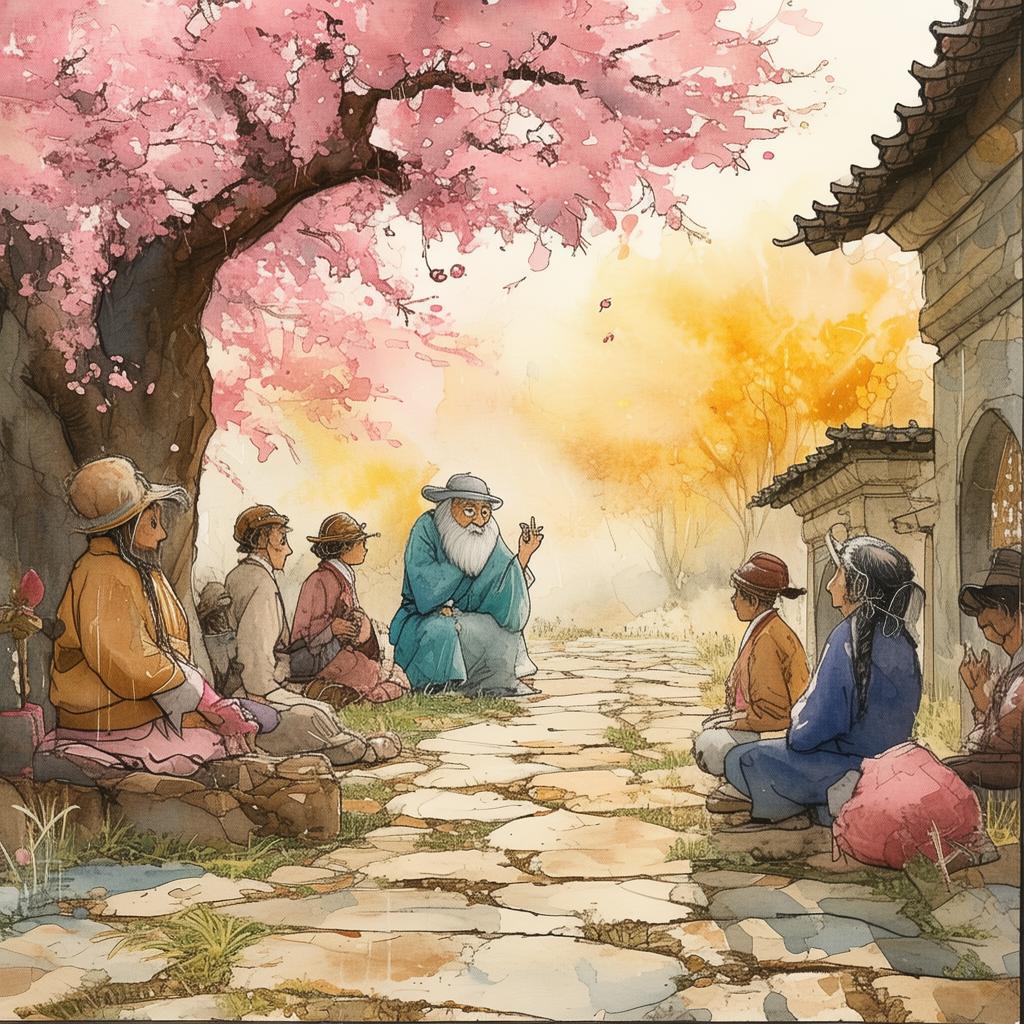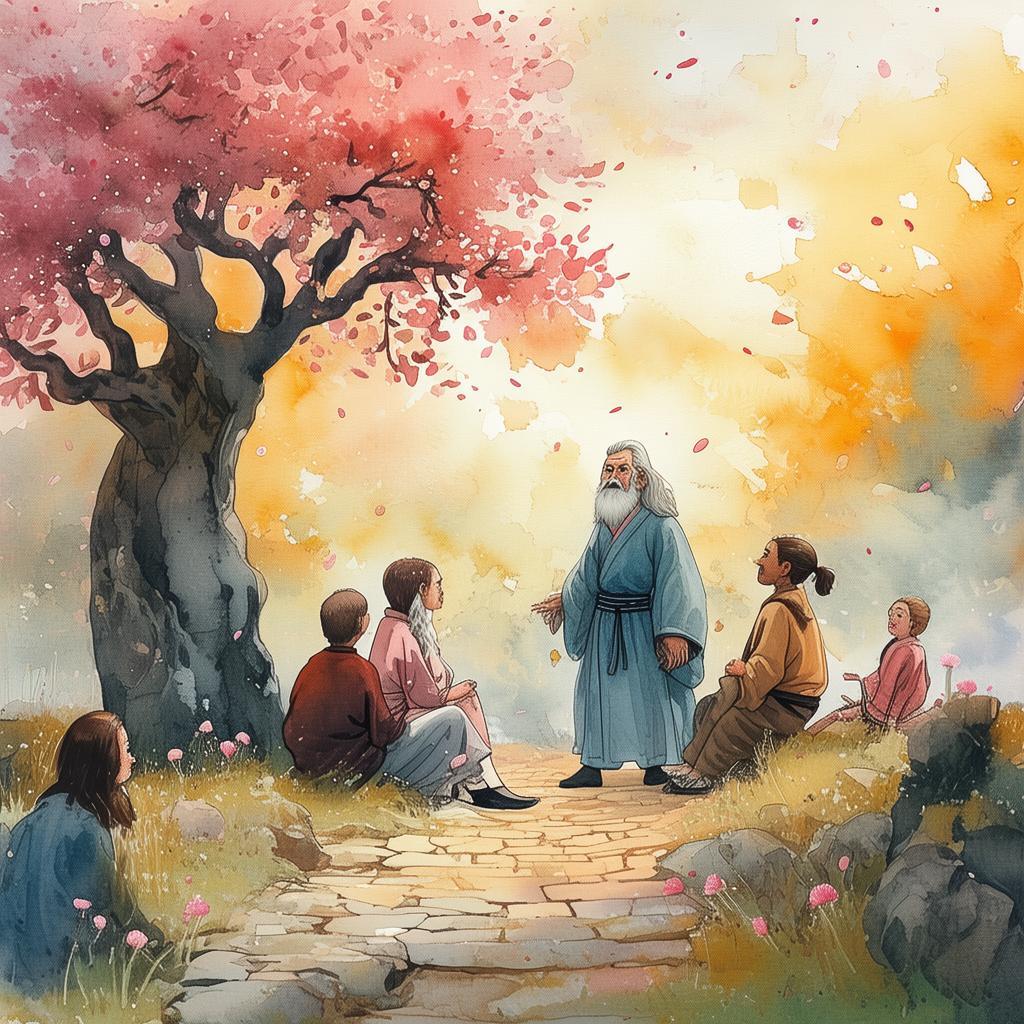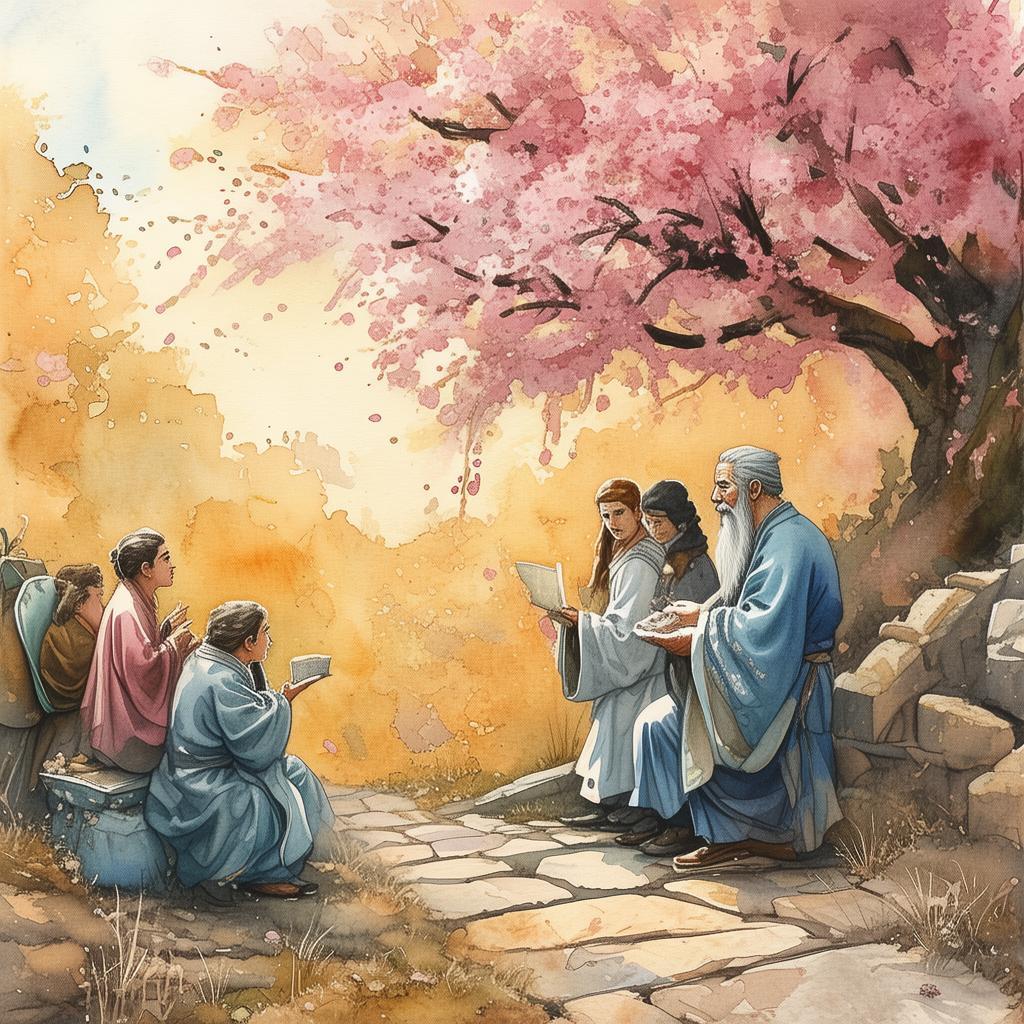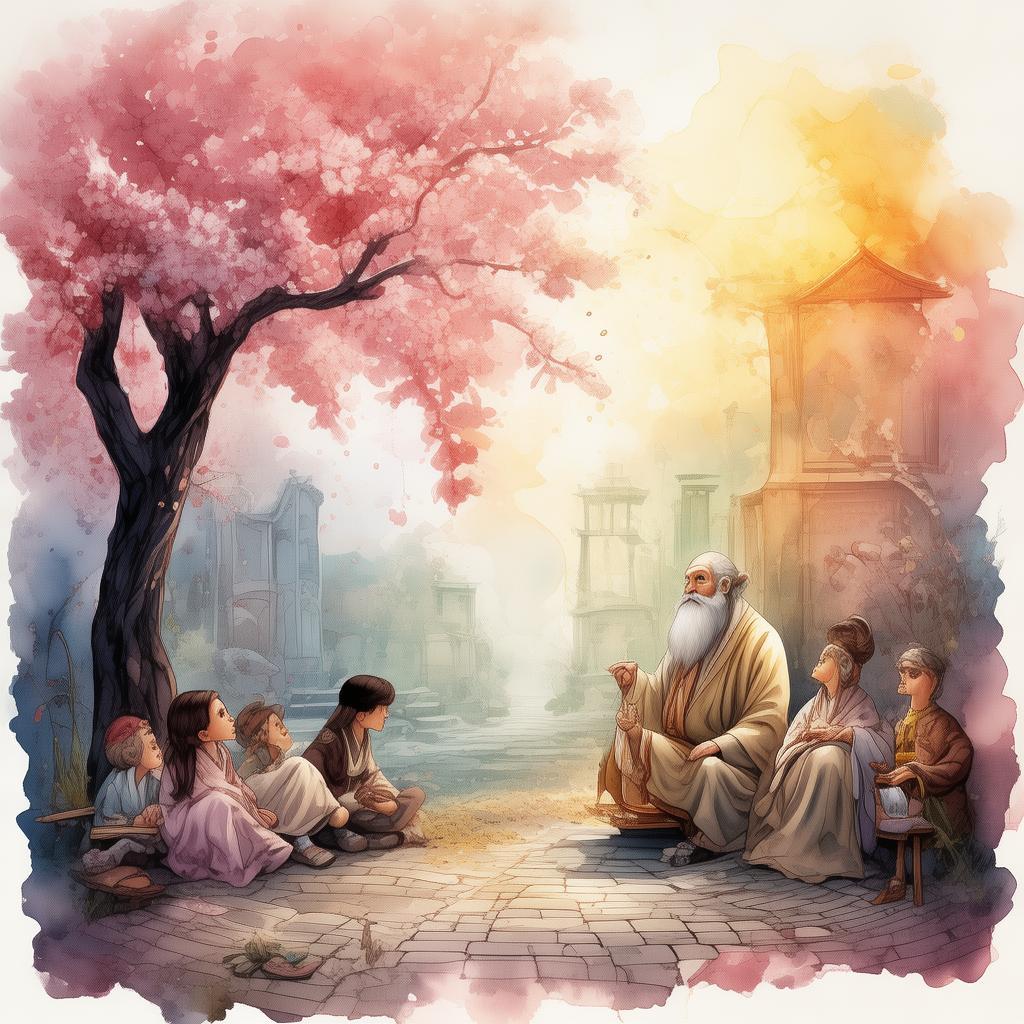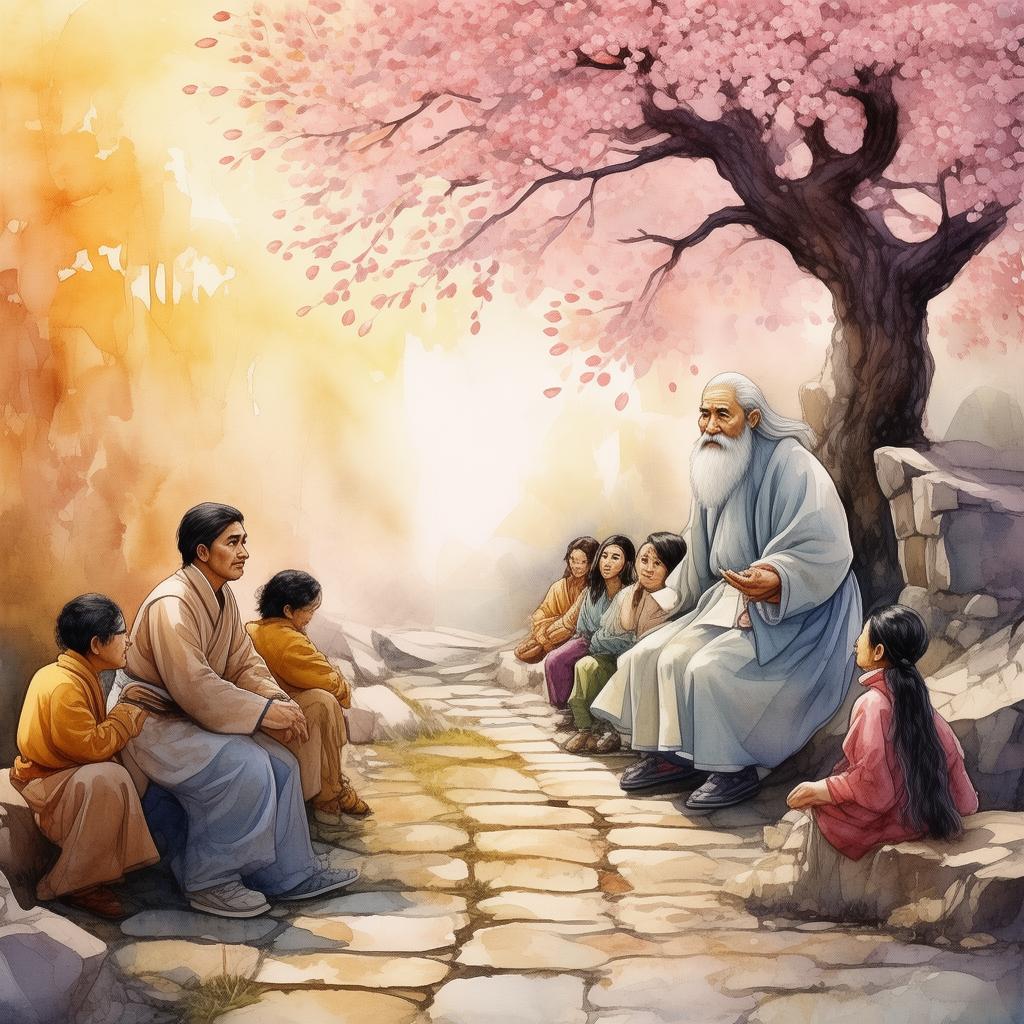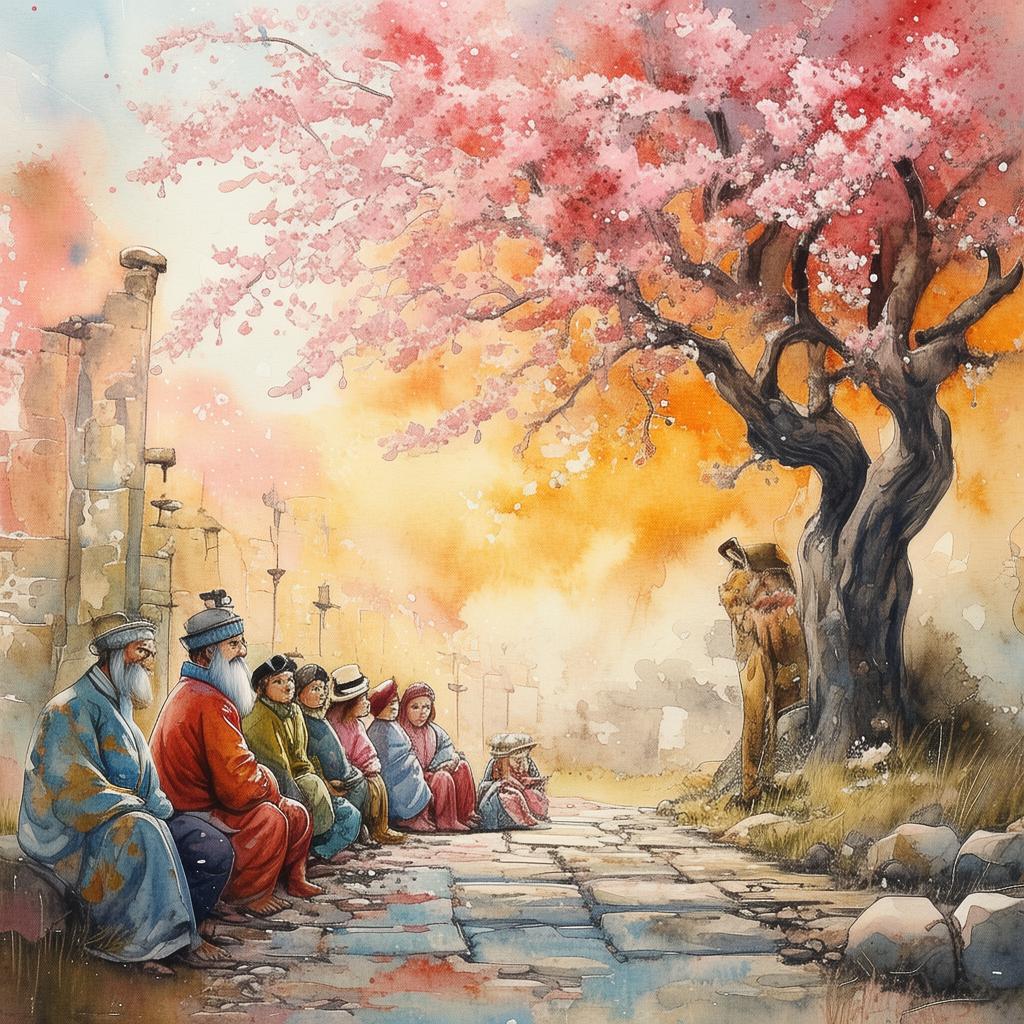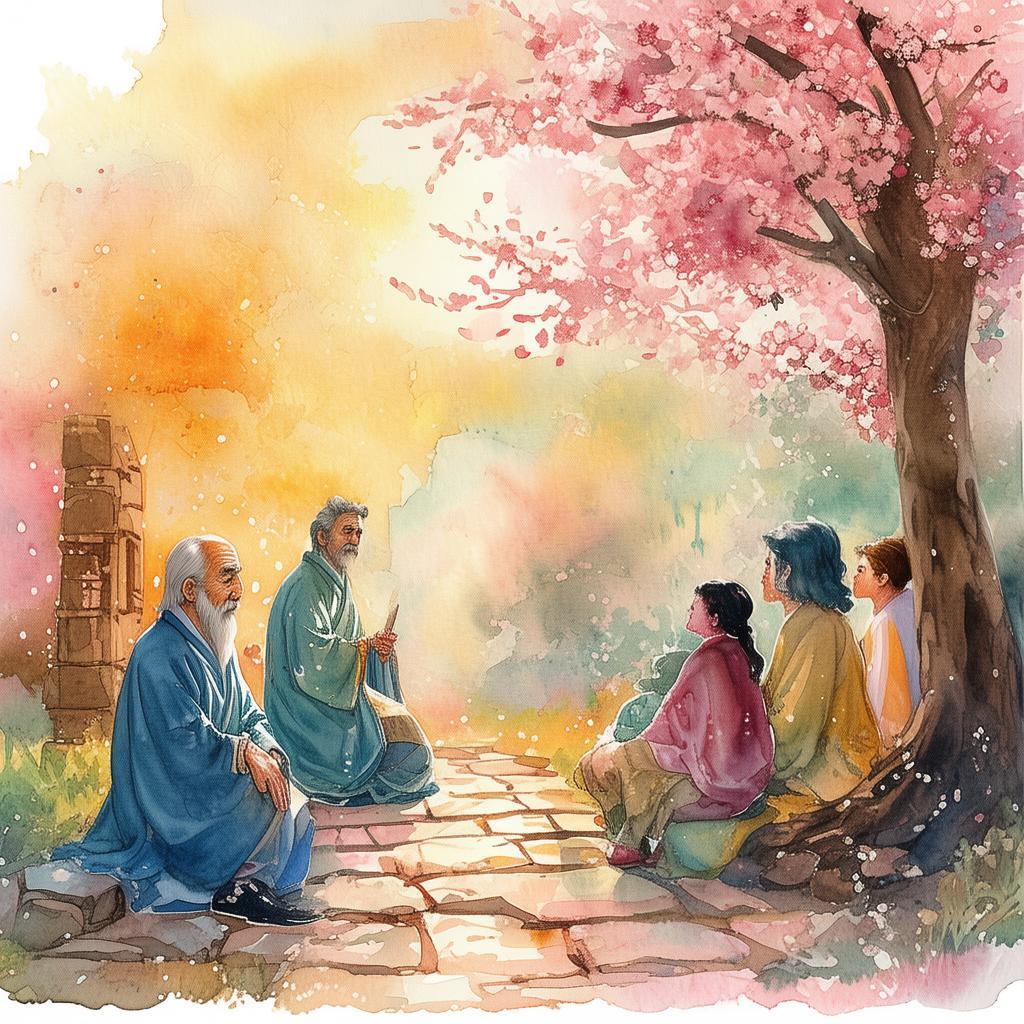Embroidered Revolt: The Silk Weavers' Uprising
In the bustling city of Suzhou, where the canals gleamed like liquid silver and the air was thick with the scent of blooming lotus flowers, there thrived a community of silk weavers. Their hands, deft and skilled, wove the delicate fabric that would soon become a symbol of rebellion and resilience. The weavers were known for their intricate embroidery, their needlework a testament to their artistry and their enduring spirit.
The story of the Silk Weavers' Rebellion begins with a young weaver named Ling. Her embroidery was so fine that it seemed to capture the very essence of the silk, and her dreams were as bold as her needlework. She saw beyond the thread and the fabric, envisioning a world where her people were not just the hands that created beauty but the hearts that could ignite change.
The weavers worked tirelessly, their fingers a blur of motion as they transformed silk into the most exquisite garments and linens. Yet, despite their skill and the value of their work, they were treated like mere machines. Their wages were meager, their hours unending, and their living conditions dire. The weavers' rebellion was not just a fight for better wages or shorter hours; it was a fight for dignity and respect.
The master weavers, who were the middlemen between the workers and the silk merchants, exploited their labor. They imposed strict rules and demanded that the weavers produce more and more, even at the cost of their health and well-being. The master weavers' greed knew no bounds, and they were determined to maintain their stranglehold on the industry.
Ling, with her fiery spirit and her talent for embroidery, became the leader of the rebellion. She gathered her fellow weavers in secret meetings, where they shared stories of their hardships and dreams of a better life. "We are the threads that weave the fabric of our lives," she would say, "and we must not let them be torn apart by the greed of others."
The weavers began to use their embroidery as a means of protest. They stitched hidden messages into their work, symbols of their struggle that only those who knew how to look would see. A single thread, dyed a deep red, became a silent cry for help, a signal that the rebellion was about to ignite.
One fateful day, the master weavers, sensing the unrest among their workers, decided to crack down. They increased the workload and lowered the wages, hoping to crush the growing rebellion. But the weavers had planned for this moment. They had already begun to organize, to prepare for the day when they would stand up against their oppressors.
The rebellion started with a single thread, a signal to the weavers that it was time to act. They gathered in the market square, their hands raised in defiance, their hearts filled with courage. The master weavers, caught off guard, were forced to retreat. The weavers had won their first victory, and the word spread quickly through the city.
The silk merchants, who had been watching the rebellion unfold with a mix of fear and intrigue, began to support the weavers. They saw the potential for a more prosperous future, one where the weavers were not just cogs in a machine but the creators of a thriving industry.
As the rebellion gained momentum, the weavers' embroidery became a symbol of their strength. They stitched together the fabric of their revolution, their needlework a testament to their resilience and their belief in a better future. The weavers' rebellion was not just a fight for better working conditions; it was a fight for the soul of their community.
The climax of the rebellion came when the weavers, led by Ling, marched to the palace, demanding the king's intervention. They carried their finest pieces of embroidery, their hands trembling with emotion as they presented them to the ruler. The king, moved by the weavers' courage and the beauty of their work, decreed that the master weavers' practices were unjust and ordered changes to be made.
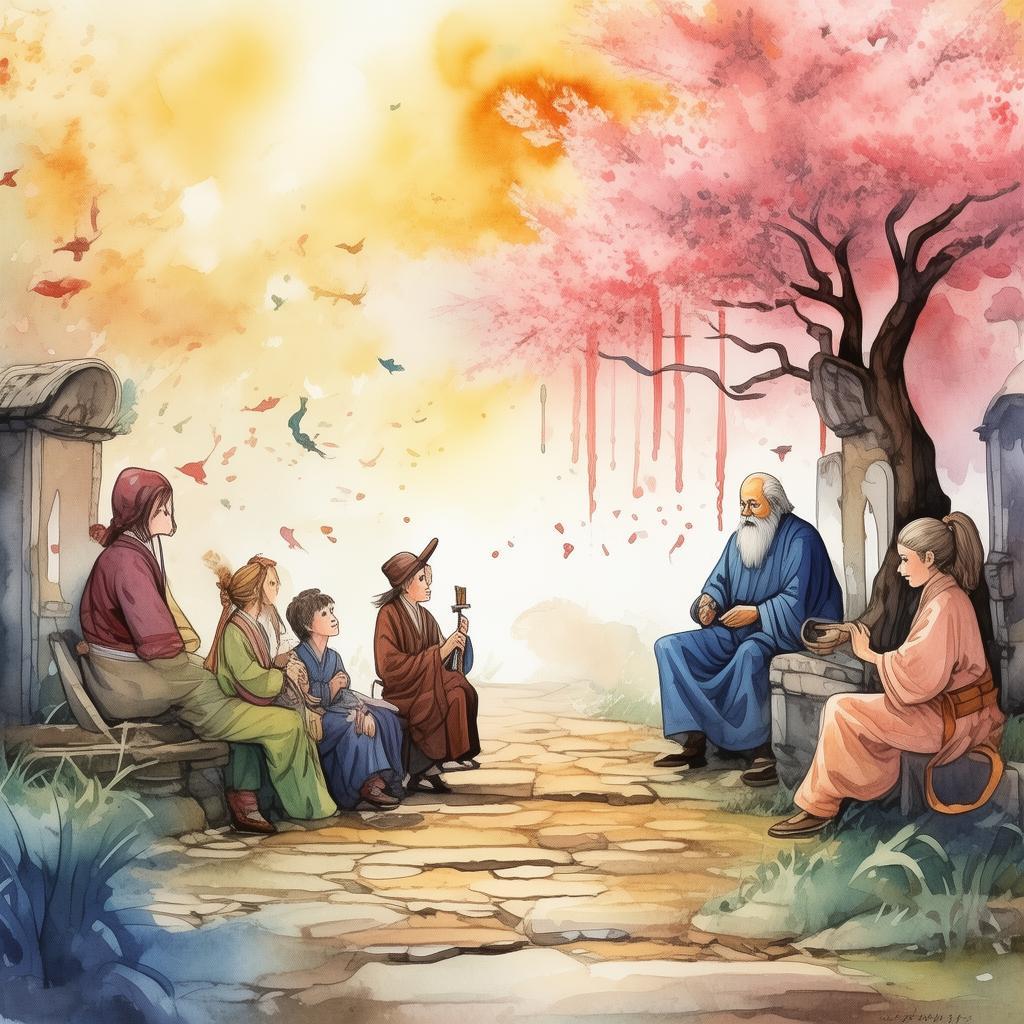
The rebellion was a success, not just in the immediate changes it brought about but in the lasting impact it had on the community. The weavers' courage had sparked a revolution, and their embroidery had become a symbol of hope and change.
In the years that followed, the weavers of Suzhou continued to thrive, their industry growing stronger and more vibrant. The spirit of the rebellion lived on in their work, a reminder that even the most oppressed can rise up against injustice and emerge victorious.
The Silk Weavers' Rebellion was a story of courage, of resilience, and of the power of art to change the world. It was a tale that would be told for generations, a story that would inspire others to stand up for what they believed in, to use their talents as a weapon against oppression, and to weave together the fabric of a better future.
✨ Original Statement ✨
All articles published on this website (including but not limited to text, images, videos, and other content) are original or authorized for reposting and are protected by relevant laws. Without the explicit written permission of this website, no individual or organization may copy, modify, repost, or use the content for commercial purposes.
If you need to quote or cooperate, please contact this site for authorization. We reserve the right to pursue legal responsibility for any unauthorized use.
Hereby declared.

